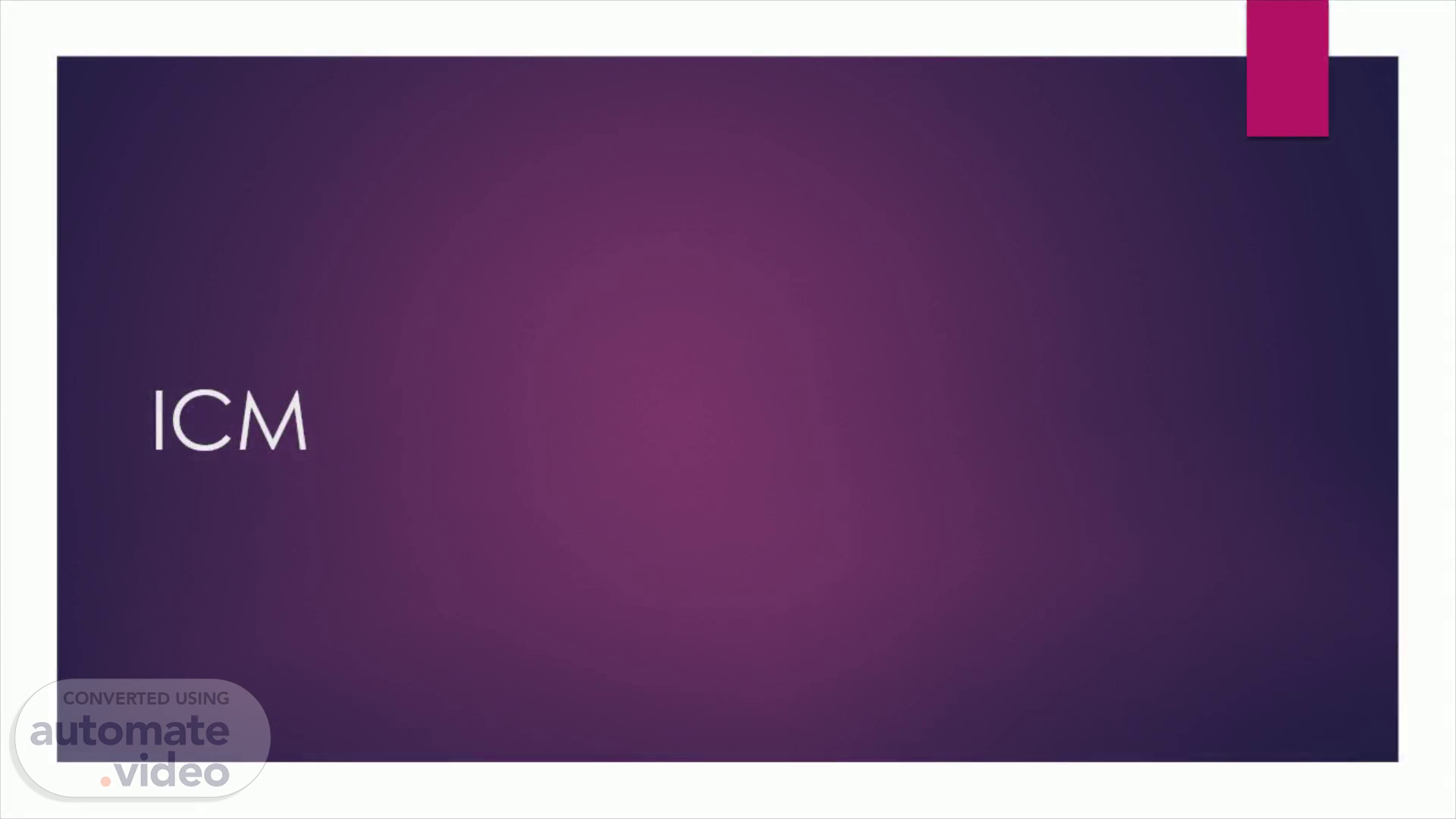
COLEMAN SAMUEL VICTOR
Scene 1 (0s)
ICM.
Scene 2 (6s)
content management system. BY: VICTOR SAMUEL COLEMAN.
Scene 3 (14s)
TABLE OF CONTENT. content management system Drupal WordPress Joomla Similarities Of CMSS FUNCTIONALITY CONCLUSION.
Scene 4 (23s)
CONTENT MANAGEMENT SYSTEM. Software that enables users to generate, manage, and alter material on a website without the need for specific technical knowledge is known as a content management system, or CMS for short..
Scene 5 (37s)
Drupal. An application or tool called Drupal is used to manage content on websites. In addition to providing a tool for website content management, Drupal also facilitates the development of new solutions for managing website content. Web developers use it as a meta tool to make specialized web publishing tools..
Scene 6 (53s)
WordPress. WordPress is a free content management system (CMS). It's a popular tool for those without any prior coding experience who wish to build websites and blogs. The service is unpaid. Anyone can install it, use it, and modify it at no cost (blog.hubspot.com, 2022)..
Scene 7 (1m 11s)
Joomla. is an open-source content management system (CMS). You can create effective dynamic websites and applications with its assistance. You can fully utilize all of its features and functions thanks to its simple user interface (blog.templatetoaster, 2022).
Scene 8 (1m 25s)
Similarities Of CMSS. First of all, they are all open source, meaning that they were created cooperatively and are freely usable by anybody. Because there are no license fees associated with them, they are inexpensive. Additionally, the sizable communities that support and surround these CMS systems make sure that: There is a quicker introduction of new ideas and capabilities, a quicker resolution of software-related problems, and a wider examination of dependability and security. Second, they are all built using the PHP programming language and the MySQL database management system. They all offer plugins/modules/extensions to supplement the functionality you can obtain in the core platforms and employ themes and templates to decorate your website or application..
Scene 9 (1m 58s)
FUNCTIONALITY. WordPress comes with Posts and Pages out of the box, with a fairly simple content model for multiple content types. Since WordPress version 5.0, the rich editor known as the Gutenberg or block-editor has been a part of the platform (sent in December 2018). Due to the debate around this new editor, there are still many websites that do not utilize it. There are two more ways to extend WordPress: ACF (Advanced Custom Fields) and other plugins that enable extremely customized content types that can be created to suit your particular needs..
Scene 10 (2m 24s)
FUNCTIONALITY. Joomla provides a fundamental content type (Article). With the notion that it will always be expanded via its components and modules, Though far more flexible right out of the box, the system does need urgent development support. Like Joomla, Drupal offers a larger selection of pre-built content categories and supports customization—but only with development support. Even the new block editor for WordPress may be utilized in Drupal thanks to a Drupal plugin..
Scene 11 (2m 46s)
FUNCTIONALITY. Data handling Database systems in Joomla and Drupal are far more intricate. As a result, they are able to provide a stronger internal data architecture that might outperform WordPress' single posts table. Poor quality development work can still quickly affect performance, and the additional complexity of Joomla and Drupal might make it difficult to find faults on a site (/brightminded.com, 2022)..
Scene 12 (3m 6s)
What is Web 2.0 technologies. Web 2.0 refers to both any endeavour to comprehend the rules for success on that new platform and the business revolution in the computer industry brought on by the shift to the internet as a platform. (znetlive.com, 2022)..
Scene 13 (3m 23s)
How does it Affect development content management system..
Scene 14 (3m 39s)
How does it Affect development content management system..
Scene 15 (3m 53s)
GDPR. GDPR: Legislation that updated and harmonized data privacy rules across the European Union is known as the General Data Protection Regulation (GDPR) (EU)..
Scene 16 (4m 4s)
How is it used to protect data in organizations?.
Scene 17 (4m 30s)
How is it used to protect data in organizations?.
Scene 18 (4m 49s)
CONCLUSION. A content management system (CMS) allows you to generate, manage, and publish web content. It also aids in keeping content organized and accessible so that it may be used and recycled effectively..
Scene 19 (5m 2s)
Thank You Text Message - Free image on Pixabay.